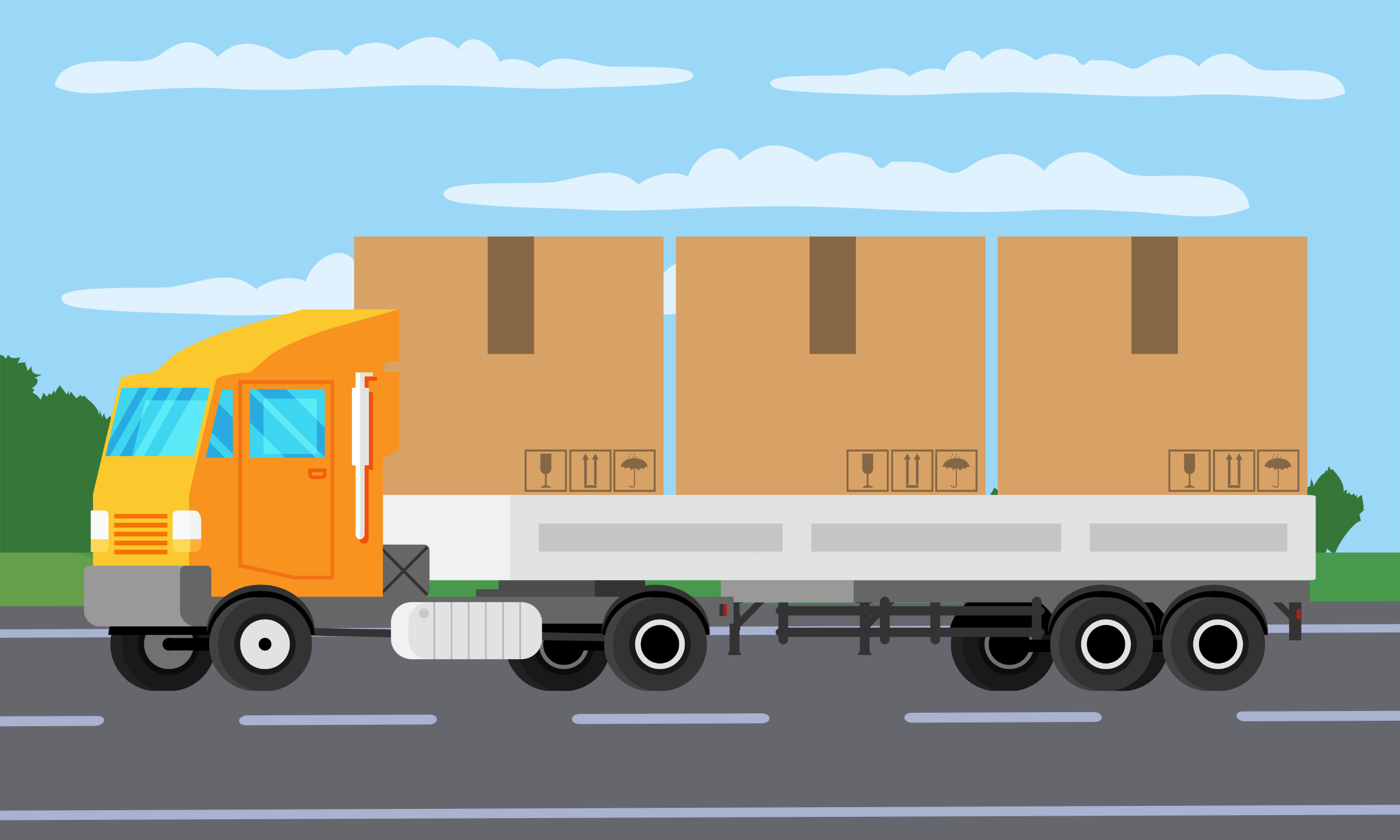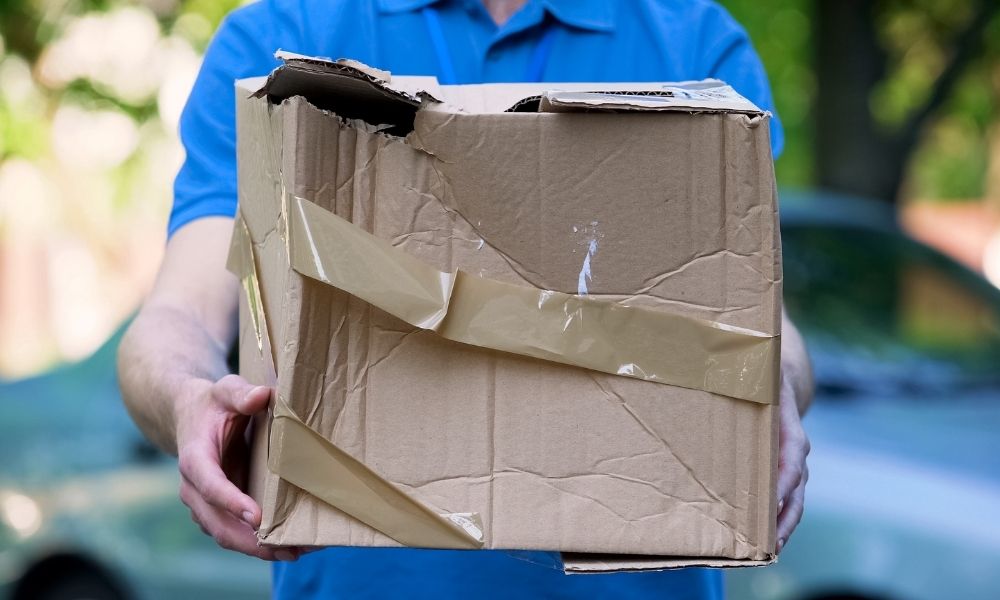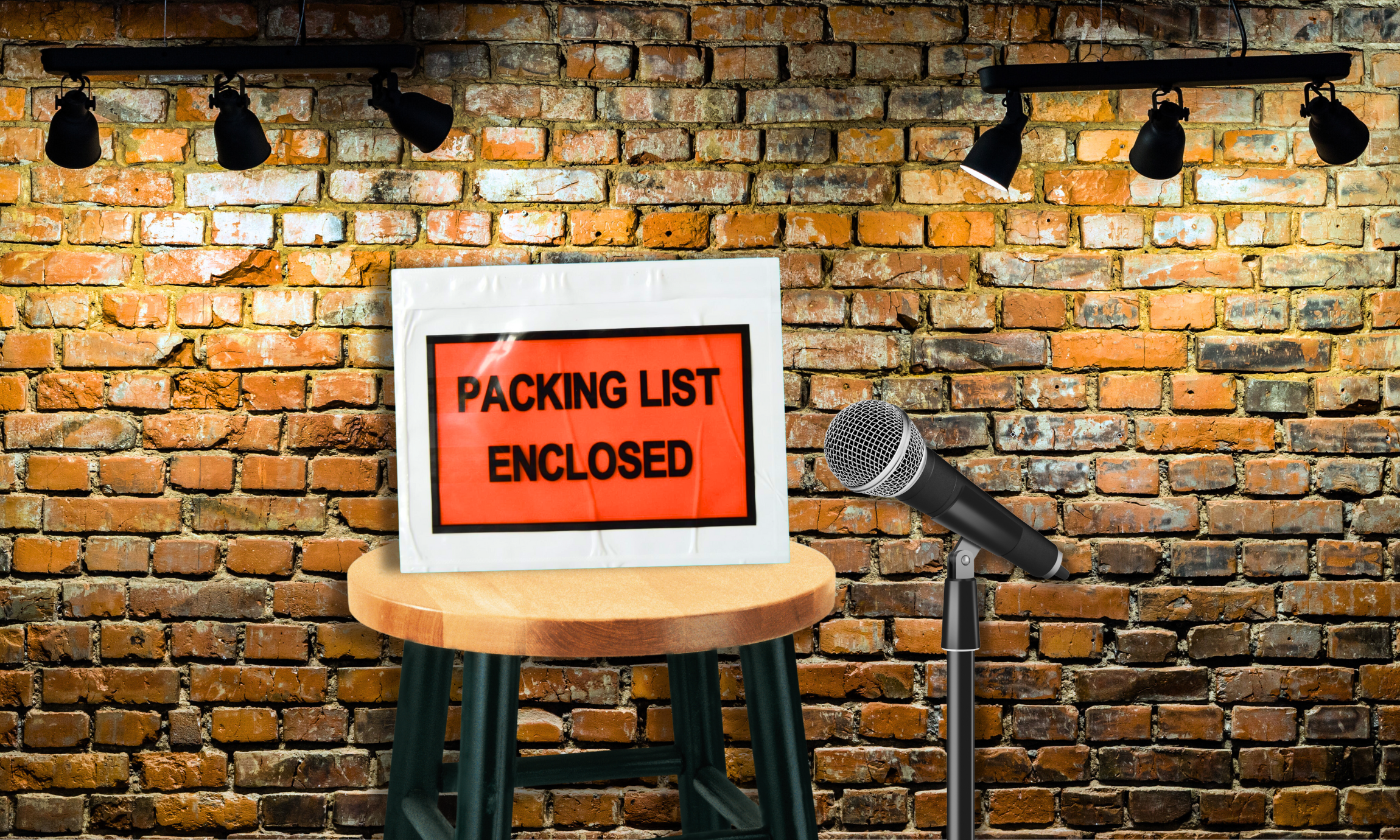The first page of any book about business will say “Thank you for purchasing this book.” The second page will tell you that you should always keep your costs low.
Your company’s logistics, or how goods are stored and transported within the supply chain, is a great place to start. Smart and efficient logistics can keep your costs at a minimum, your deliveries quick, and your operations running smoothly. Here are four ways to lower your logistics costs.
Work With Your Drivers
Your delivery drivers are the heart and soul of your logistics. The better they can perform their jobs, the more efficient your logistics will be.
Spend some time to talk with your drivers. Can they optimize their deliveries by finding more efficient routes, or by gaming the local traffic patterns? Can they streamline their delivery procedures to maximize their total deliveries in a given time period? Just make sure that you and your drivers are abiding by all legal and safety regulations.
At the same time, make sure your company is staying on top of the latest navigation technology. Current software and phone apps provide up-to-the-minute updates on route times and changes in traffic flow.
Keep Your Vehicles Running Smoothly
Your drivers are only as good as the trucks and vans they drive. While a new and well-maintained fleet will keep your logistics running smoothly, an old and dilapidated fleet will cause delays and ramp up your expenses.
How old is your fleet? Frequent quality checkups can keep a vehicle going for a long time, but after a decade or so, it may be time to replace them. Speaking of which, are you performing regular maintenance inspections? How often do you change the oil and other fluids? Are the tires at an adequate pressure? Do your vehicles pass their e-check?
These questions may be expensive—few things in the world of vehicle maintenance are cheap. However, the cost of fixing a broken vehicle can be much greater than the cost of regular checkups and inspections.

Monitor the Way You Package Your Goods
While your drivers and fleet may be up to the task, what about your packaging? Are your products arriving intact and ready to use, or are you experiencing high levels of spoilage, damage, and loss? Proper usage of stretch wrap, tape, and mailers, as well as bundling and strapping techniques, can keep both your packaging costs and product damage at an absolute minimum.
Observe how you package your goods and determine how you can utilize your packaging supplies more efficiently. Are you using a massive box for a small product that would be better off in a poly mailer? Are your fragile items getting packed with proper cushioning material, like bubble wrap or packing peanuts? Can you arrange your pallets to hold more items without compromising the load’s integrity?
Also, make sure you’ve got sufficient packaging supplies in the first place. If you’re shipping heavy and difficult loads, you may need thicker stretch wrap and stickier tape to keep them from toppling and spilling out. Feel free to reach out to your supplier for suggestions on getting the most out of your packaging.
Ship More Less Often
For those of us that like to make the fewest trips when bringing in the groceries, this one’s for you. Hauling more goods in fewer trips is a great way to save on time, energy, and money.
Talk with your customers about their needs and buying habits. If they tend to buy a few products here and there, offer to send them a bulk shipment all at once, perhaps at a collective discount—after all, if they can save you money, why not save them some as well?
That’s the Gist of It
Logistics is a complex and expensive facet of business. It involves many people and moving parts all working together to ensure deliveries are fast, consistent, and free from complications. While it can seem like a daunting subject, there are a few simple steps you can take today to save on your logistics costs and maximize your efficiency. Your company and your budget will thank you.
For further reading on handling aspects of your business, check out this article all about preventing packaging downtime.









